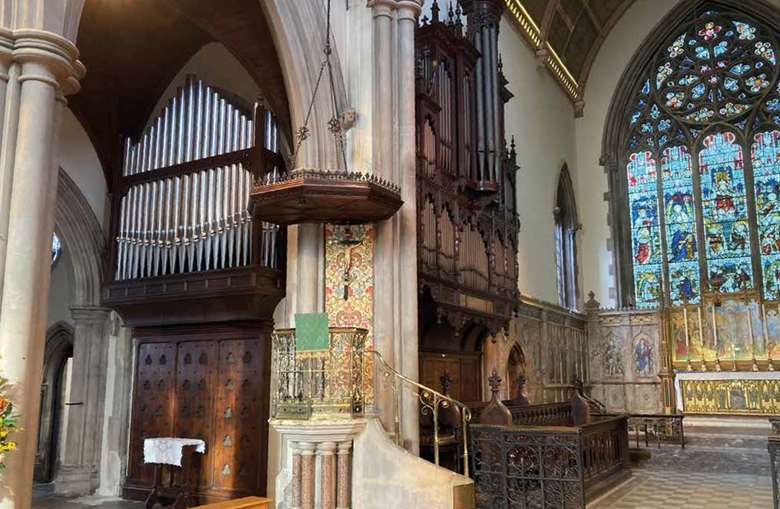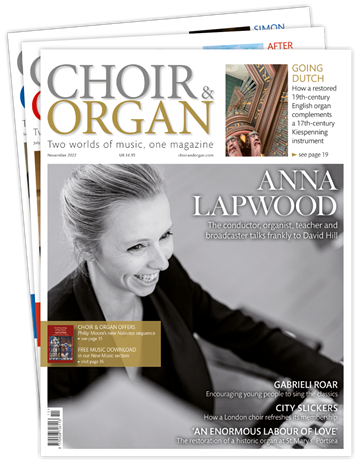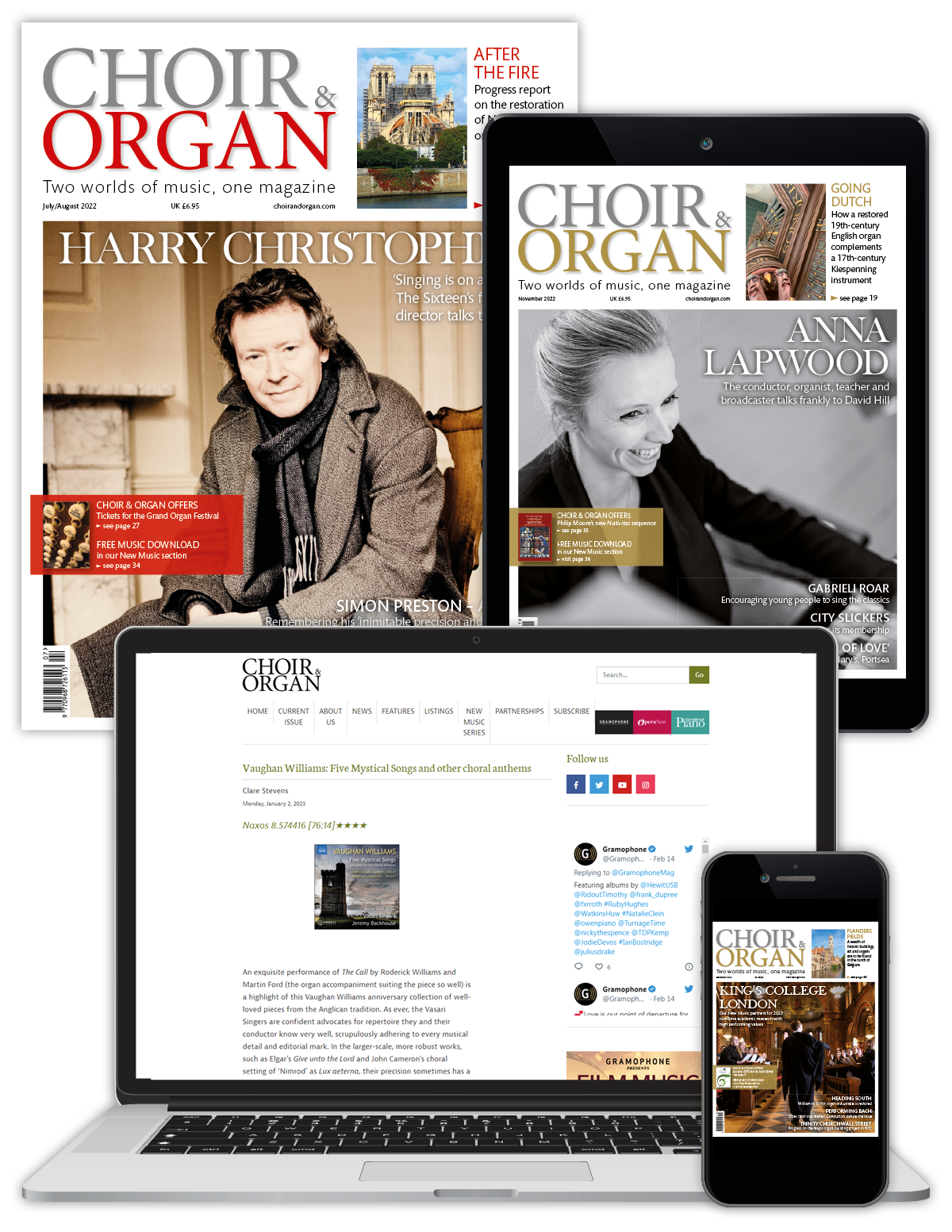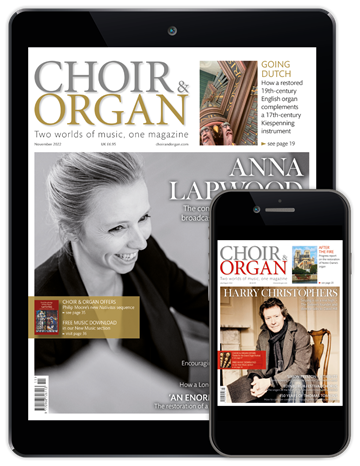A close look at the rebuilt organ at St Gabriel's Pimlico
Matthew Power
Sunday, April 2, 2023
A Victorian church in central London at last has an organ to suit its needs. Matthew Power visits the recent rebuild and talks to Nicholson & Co. about their work

MATTHEW POWER
Register now to continue reading
This article is from Choir & Organ. Don’t miss out on our dedicated coverage of the choir and organ worlds. Register today to enjoy the following benefits:
- Free access to 3 subscriber-only articles per month
- Newly-commissioned sheet music to download from our New Music series
- Unlimited access to Choir & Organ's news pages
- Monthly newsletter






